Pores. Those tiny circles you may notice on your nose, cheeks, or elsewhere on your face. Zoom in on anyone’s skin and you’ll see the same thing. They’ve always been there—and they serve an important purpose.
Still, there are times we wish they were a little less visible. Wanting a smoother, more even-looking complexion is completely normal. But why do some pores stand out more than others? What makes them look bigger? And how can we care for them without falling into the trap of trying to make them vanish?
Let’s take a closer look at what pores really are, what affects their appearance, and most importantly, how to support your skin with kindness and intention. Because skincare isn’t just about aesthetics—it’s about honoring your story.
What are pores, really?
Pores are tiny openings across the skin’s surface. They vary in size and appearance depending on the area of the body and your individual skin type, but everyone has them. Each pore is connected to a gland: either a sebaceous gland (which produces the natural oils that keep your skin hydrated) or a sweat gland (which helps regulate body temperature).
What we typically think of as a pore is simply the outer end of a channel that connects the inside of your skin to the outside world.
Why do we need pores?
Even when we wish they were slightly less visible, pores are vital to healthy skin:
- They allow natural oils and sweat to reach the skin’s surface, helping keep it moisturized and protected.
- They aid in eliminating toxins and regulating body heat.
- They support your skin’s protective barrier, defending against pollution and other daily stressors.
In short, pores help your skin breathe, balance, and protect itself. So even when they seem a bit more noticeable, they’re not a flaw—they’re proof your skin is doing its job.
What makes pores look bigger?
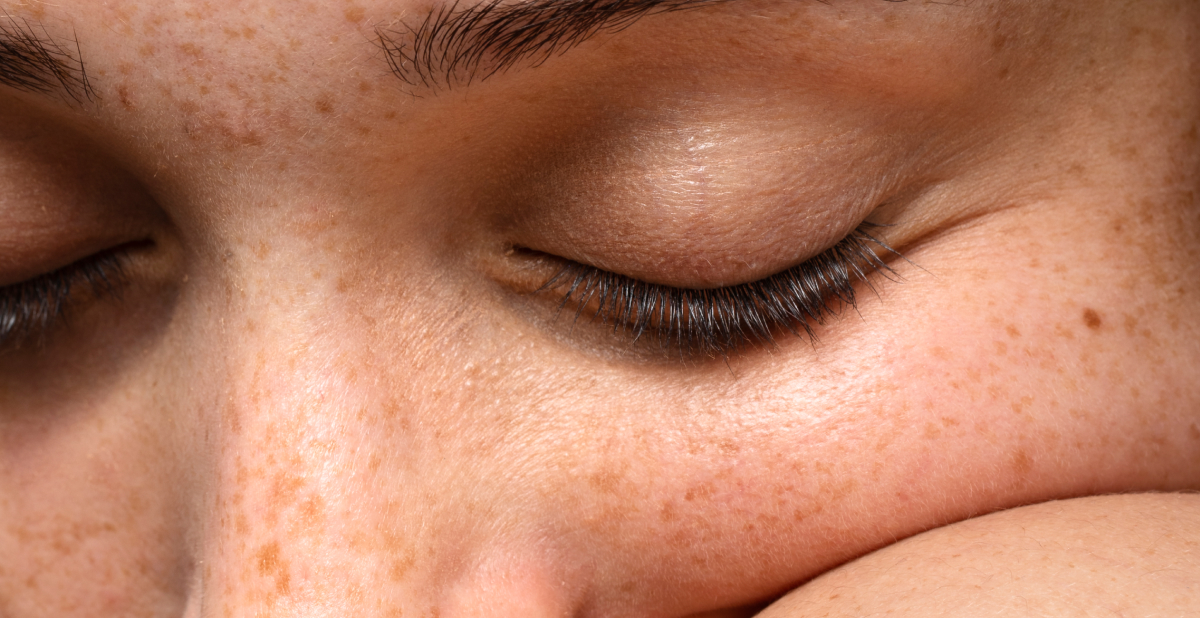
Pores are present all over the skin, but they tend to appear more visible in the T-zone—your forehead, nose, and chin. That’s because this area contains more sebaceous glands, which produce oil.
When oil, dead skin cells, or debris accumulate, pores can stretch and appear larger. Several factors can influence this:
- Genetics: Some people naturally have more noticeable pores.
- Excess oil: High sebum production can make pores appear bigger.
- Loss of elasticity: As we age, the skin loses firmness, which can make pores look more open.
- Sun exposure: UV rays break down collagen, making pores look more prominent.
- Poor cleansing habits or comedogenic products: These can clog pores and emphasize their appearance.
A quick reminder: Your pores haven’t just appeared out of nowhere. They’ve always been there—and sometimes, they’re just a little more visible. And that’s completely okay.
Can you minimize the look of pores?
Absolutely—but it’s important to manage expectations. Pores can’t be removed, and they don’t exactly open or close like doors. Despite what some trends might promise, there’s no way to permanently shrink them.
That said, you can help refine their appearance. The key lies in keeping them clean, supporting your skin’s balance, and using smart, gentle ingredients that promote smoother texture. Some tried-and-true options include:
- Niacinamide: Helps balance oil and visibly improves skin texture.
- Glycolic acid (AHA): Clears congestion and boosts renewal.
- Retinoids (like retinal): Encourage cell turnover, helping keep pores clear over time.
- Clays (such as kaolin or bentonite): Absorb excess oil and draw out impurities without over-drying.
- Daily sunscreen: Helps support skin’s building blocks, preventing pores from looking larger.
Skincare staples to help refine pores
Sometimes pores look more noticeable—during warmer months, after product buildup, or when your skin is simply asking for balance. Here are a few gentle, effective staples to help support your skin when it needs a little extra care:
1. A nourishing oil cleanser
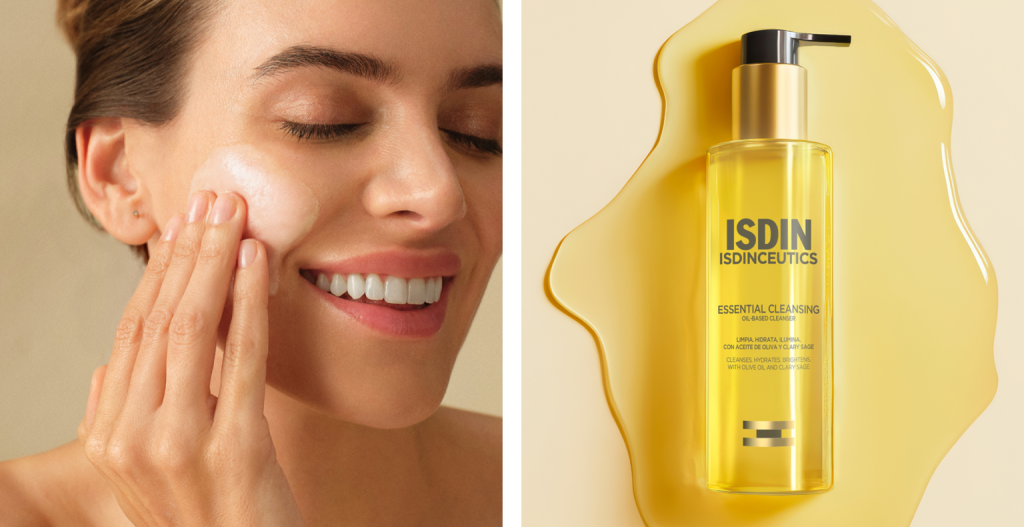
Skip the scrubs and reach for a gentle yet powerful oil cleanser. Although it might sound counterintuitive, oil attracts oil. It dissolves anything oil-based, such as sebum, makeup (even the waterproof kind), and leftover sunscreen.
Overall, oil cleansers can be an effective way to clear away the day’s buildup without drying or irritating the skin.
2. A gentle chemical exfoliant
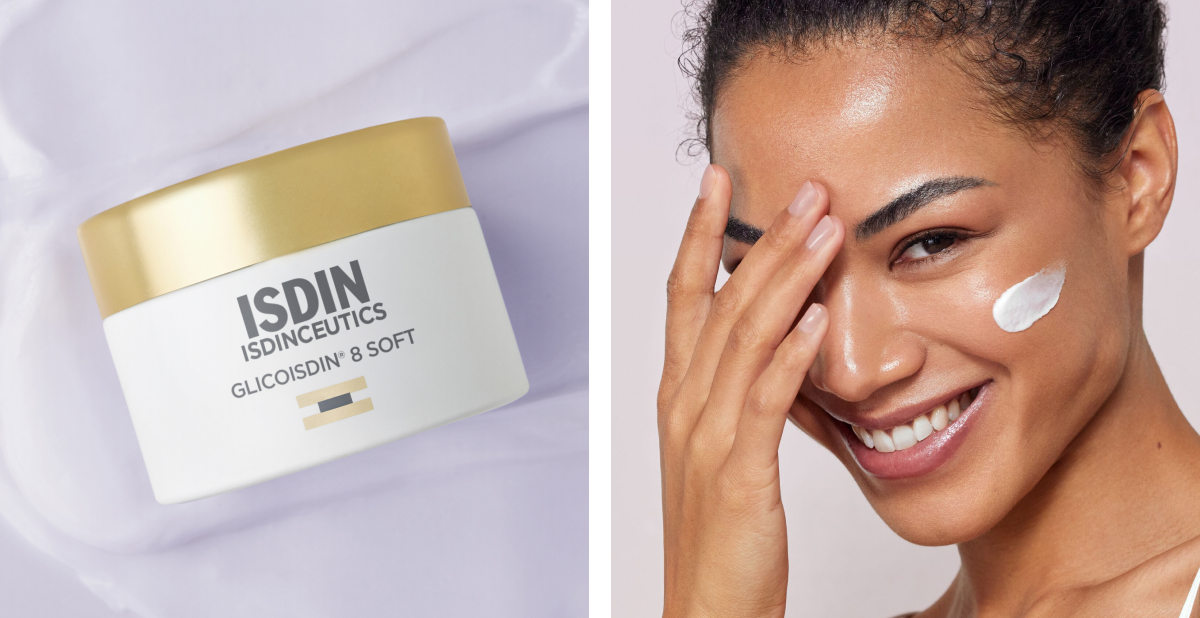
When pores appear more defined, it often points to a buildup of dead skin. A gentle chemical exfoliant like glycolic acid can help loosen and dissolve those dead skin cells, revealing smoother skin underneath.
Our recommendation? Glicoisdin. Available in various glycolic acid concentrations to suit your skin’s needs, it promotes renewal and refines texture, helping pores look less prominent. Apply it at night and always follow with sunscreen the next day.
3. Hydration + daily protection
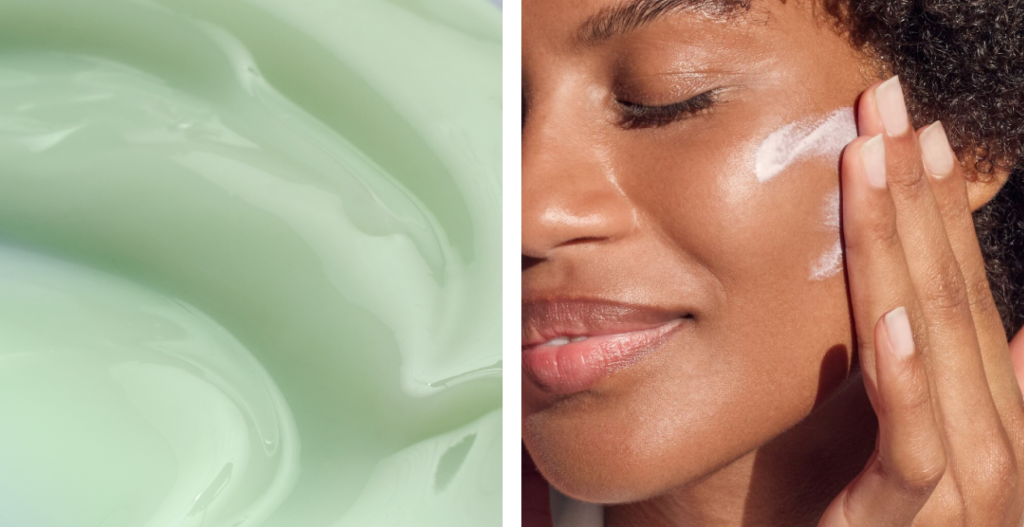
Every skin type needs hydration—even oily or combination skin. In fact, skipping moisturizer can actually trigger more oil production, making pores appear larger.
Pair a lightweight, oil-balancing moisturizer with a daily broad spectrum SPF. Look for products with hyaluronic acid, which attracts and retains moisture to support skin elasticity and a smoother texture.
Want help layering your skincare? Check out our skincare routine guide for tips on building your ideal regimen.
Your skin, your story
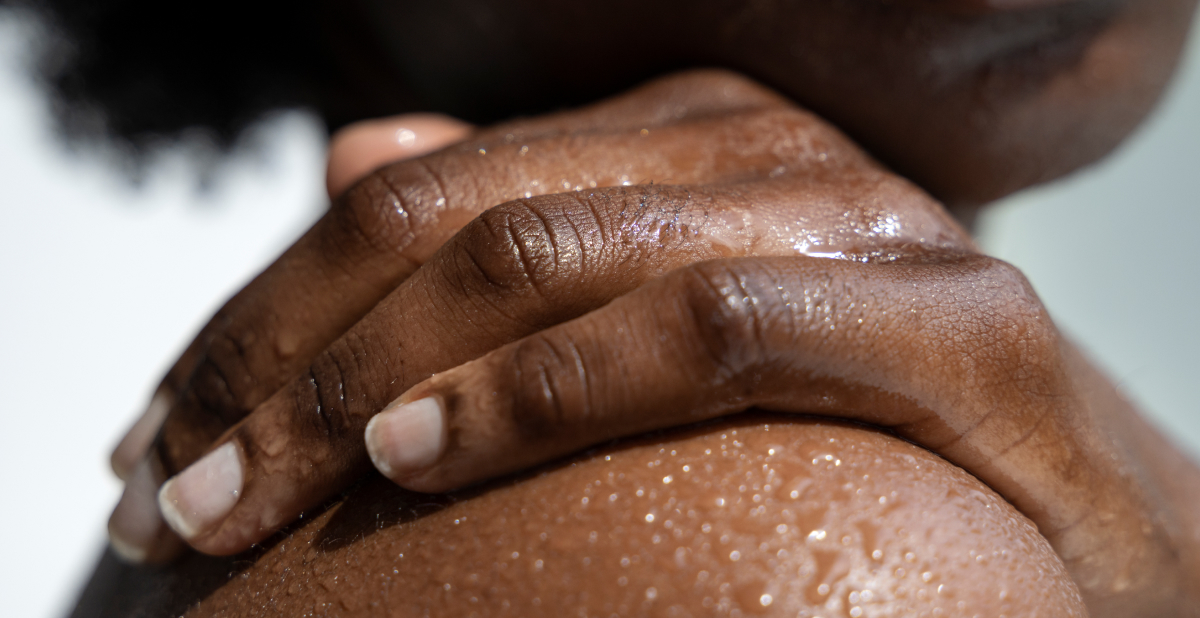
Your skin is more than just a surface—it’s a reflection of your journey. Pores may seem to come and go, especially during warm weather, times of stress, or seasonal changes. But what truly matters is how you care for your skin with love and intention.
Try tuning in to what your skin needs, giving it moments of care, and appreciating it exactly as it is. Because your skin, with all its texture and character, is uniquely yours—and that’s something to celebrate.


